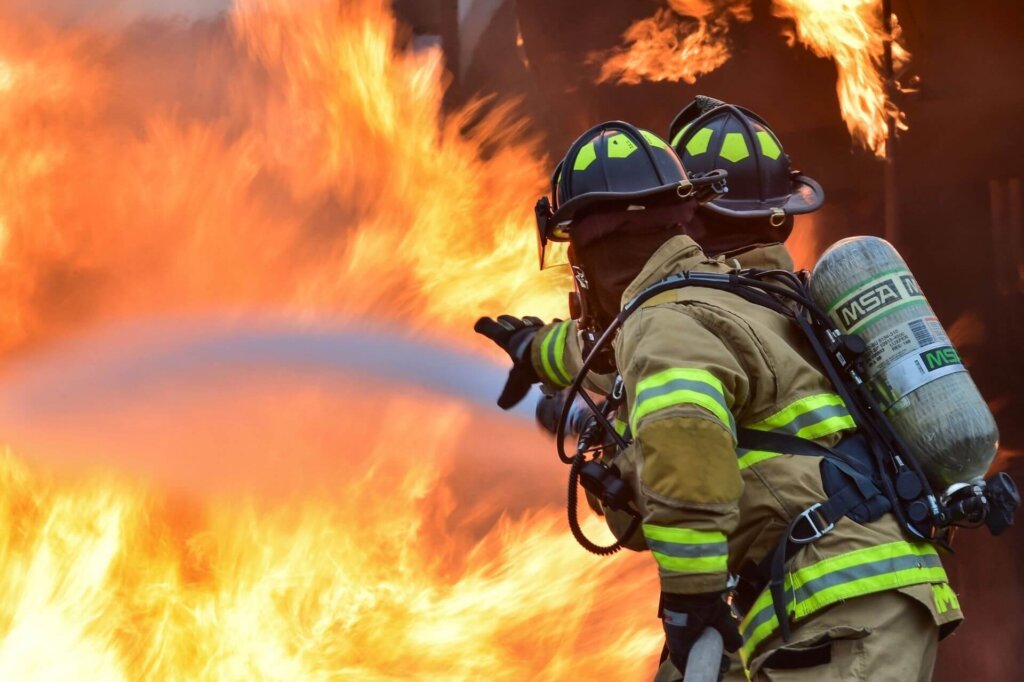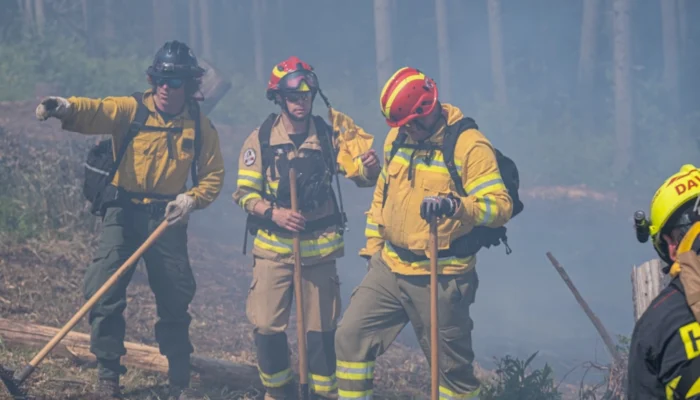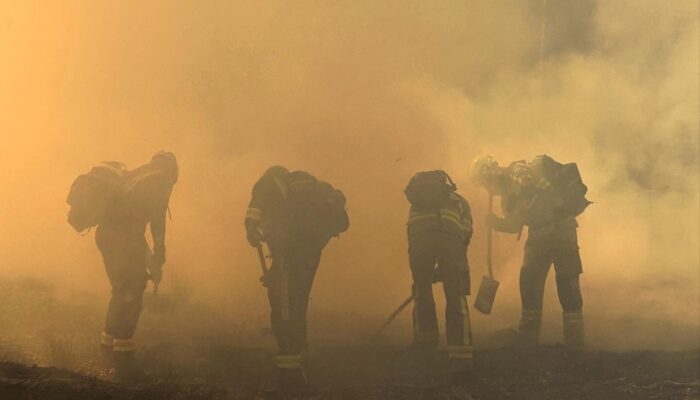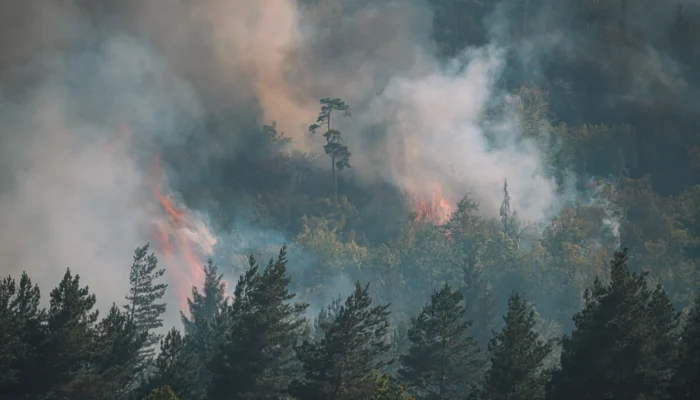With the level of havoc that wildfires can wreak over vast areas, it’s difficult to imagine how such a devastating force could be controlled and contained. But that’s precisely what wildland firefighters do. It’s a challenging and risky job that requires a thorough understanding of fire behavior and selecting the right tools and firefighting methods for the type of fire. In the article below, we’ll take a closer look at some of the common strategies firefighters can use to combat wildfires.
.
Table of Contents
ToggleStrategies Firefighters Use to Fight Wildland Fires
Prescribed fires
The fight against fires in wildland areas shouldn’t start when the first flames appear but long before that with the implementation of suitable wildfire prevention tactics. One of the strategies firefighters and forest services have at their disposal is using a prescribed burn (also called controlled burn or fire) to eliminate potential fire fuel, such as dry vegetation, build-up of organic matter on the forest floor, or diseased trees.
.
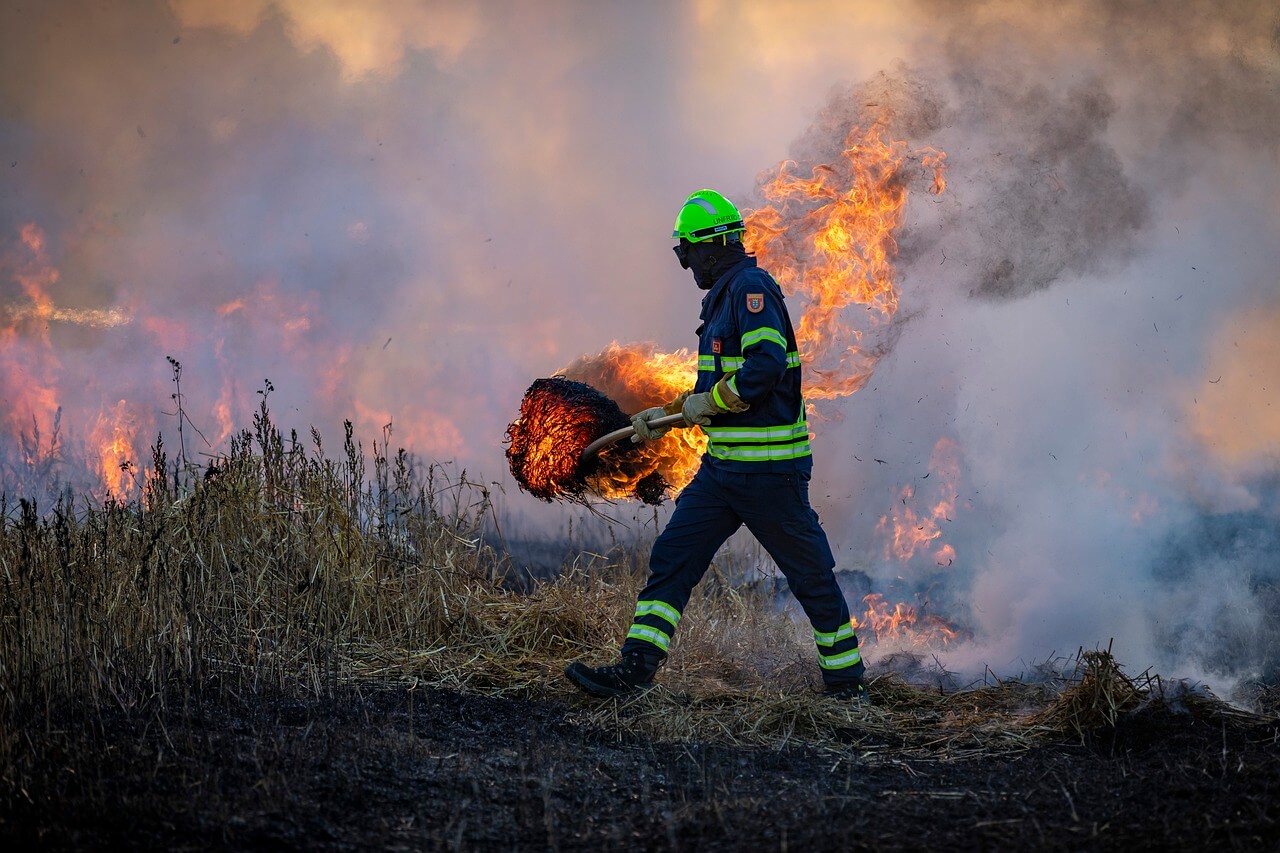
.
Constant monitoring and early wildfire detection
It’s much easier for firefighters to fight fires when they are still in their early stages. That’s why identifying and monitoring high-risk areas is one of the most effective methods of wildfire prevention. Whether it’s with the help of forest fire lookout towers or modern drones and sensors, the sooner smoke and flames can be detected, the greater the chance of reaching fires while they are still relatively small and containing them before they get out of hand.
.
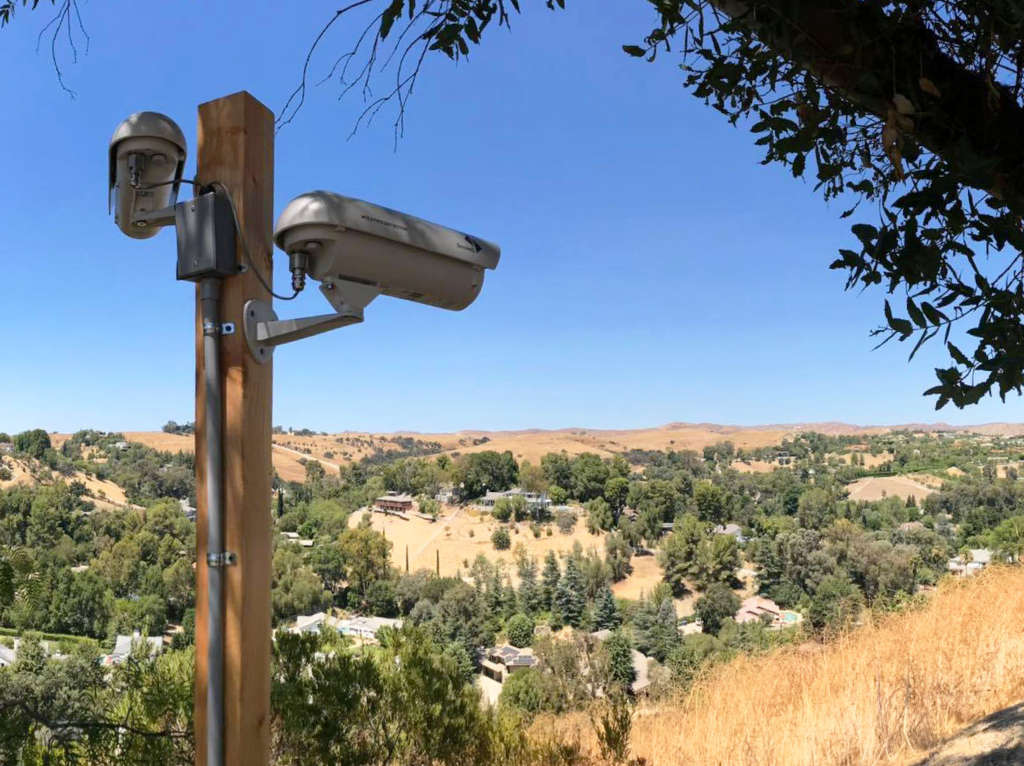
.
Control Lines
One of the basic elements of fighting fires is limiting their spread. And this is the purpose of control lines. They can be natural (e.g., a rocky ridge, a river) or human-made (e.g., roads, railroads) and act as a barrier that stops the flames from spreading further. Firefighters can also create a fire line (or a firebreak), a strip of land completely cleared out of any flammable materials that could fuel a fire.
In high-risk areas, homeowners can use control lines to increase the safety of their property by creating a fire line free of vegetation and fire wood around it.
.
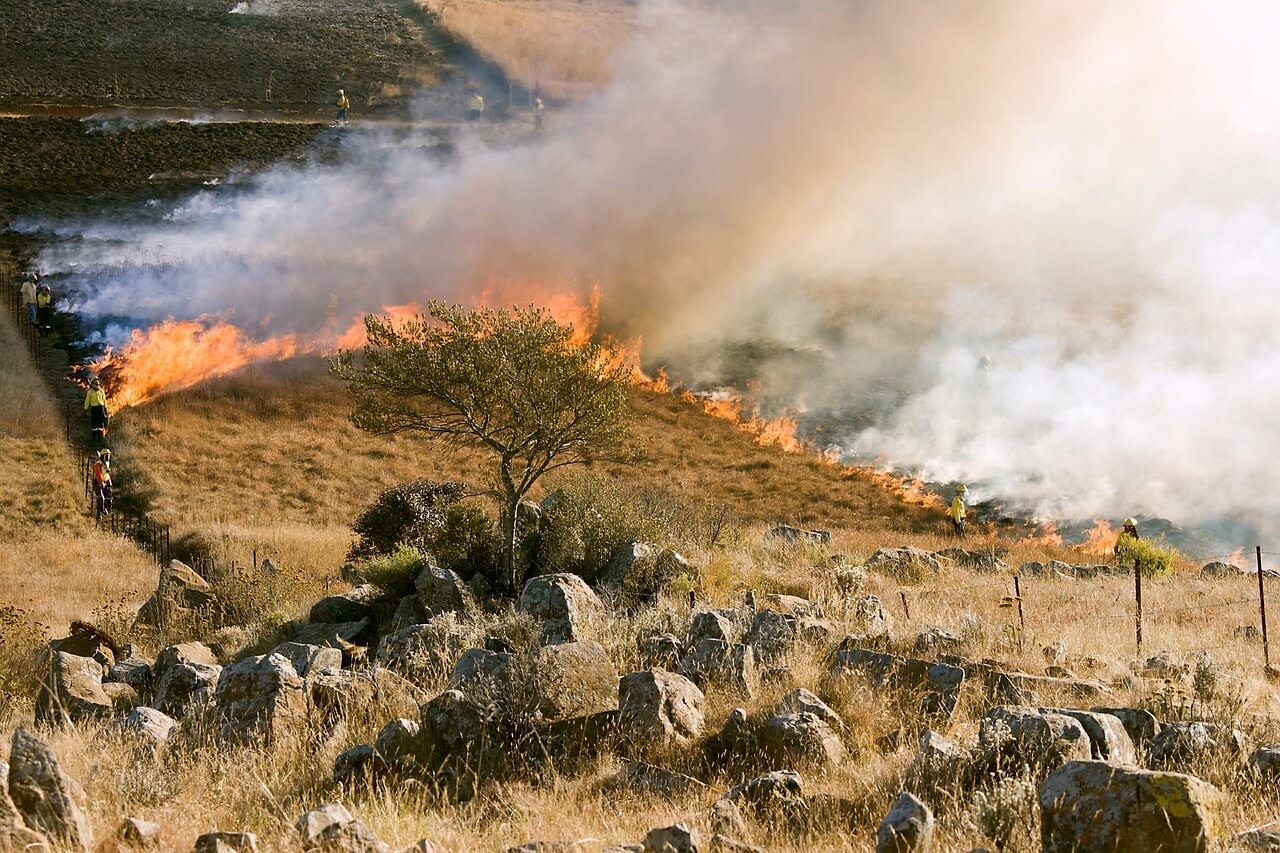
.
Burnouts
This method is based on the same principle as a prescribed burn and proves that it’s possible to fight fire with fire. Small, controlled fires can be used to remove fuels within control lines before the advancing fire reaches the area. With nothing to fuel its growth, the fire will slowly start losing intensity and become easier to contain.
.
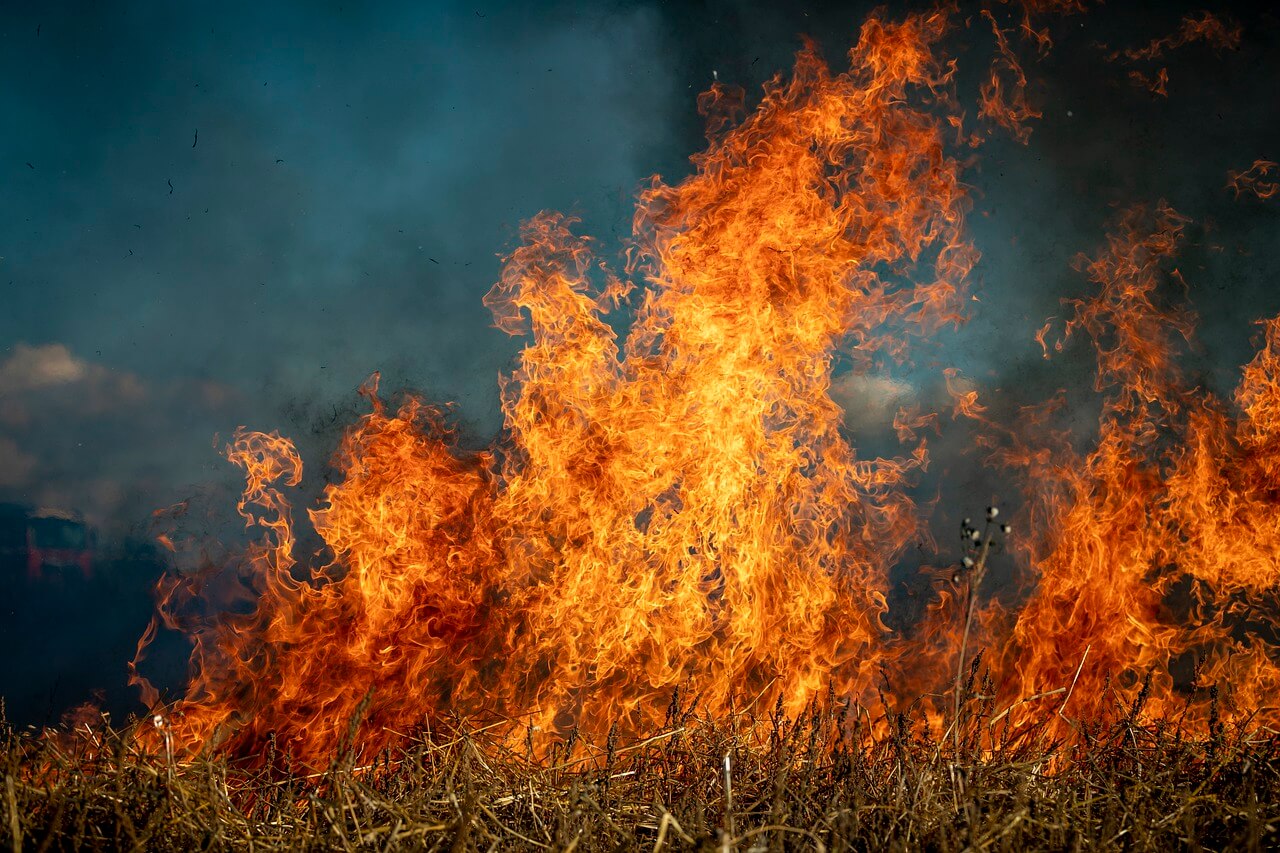
.
Backburns
Back burning is another tactic based on the use of fire. This method involves starting a fire along the edge of a fire line and pushing it towards the advancing wildfire to use up the fuels and oxygen it needs to grow and stop it from spreading. Using this strategy is not without its risks and requires an in-depth understanding of local topography, weather conditions, and fire behavior to be used effectively.
.
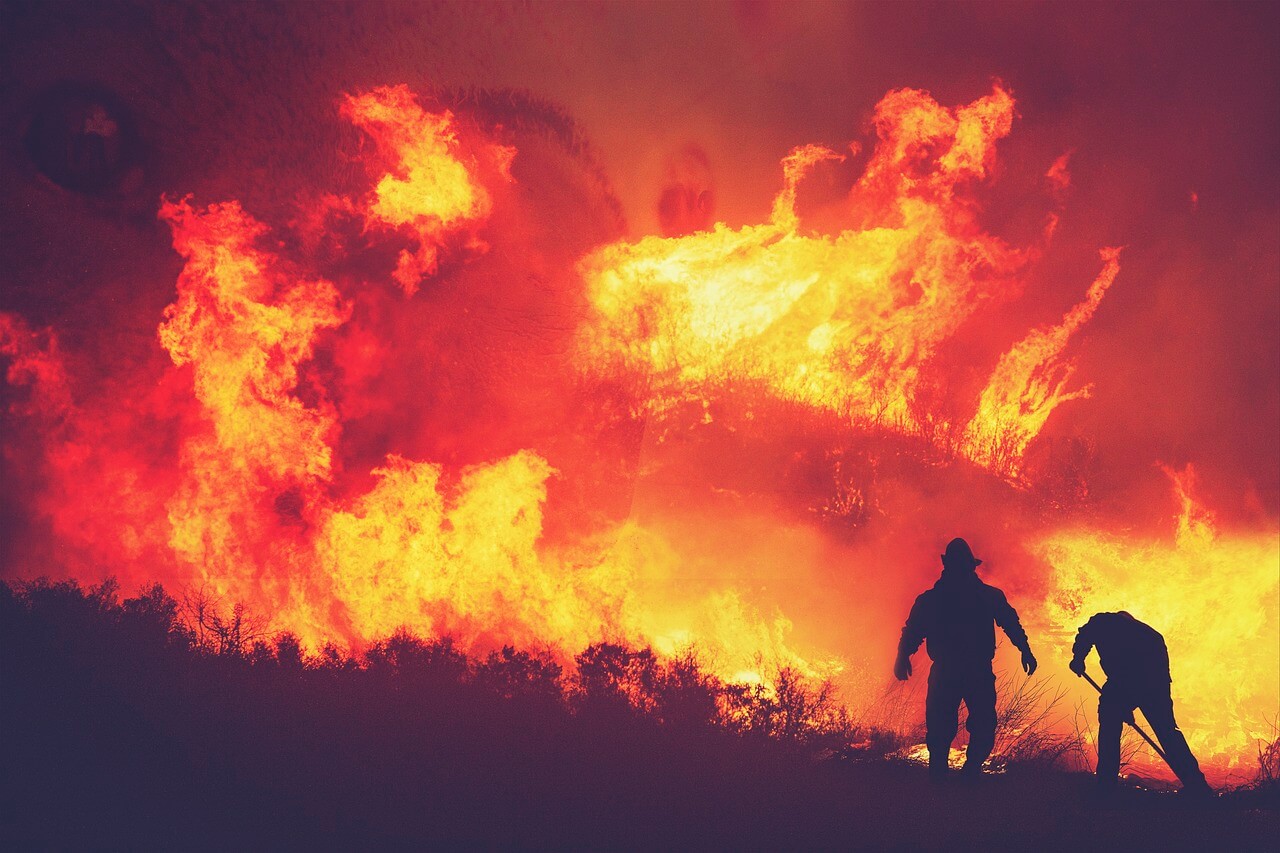
.
Flanking
This fire suppression tactic can be used when a wildland or forest fire is small enough to be surrounded. Starting from the back, firefighters move through the burned area and along the edges of the fire to prevent its spread in any direction. Once the fire is contained, it can be extinguished or controlled until it dies out naturally.
.
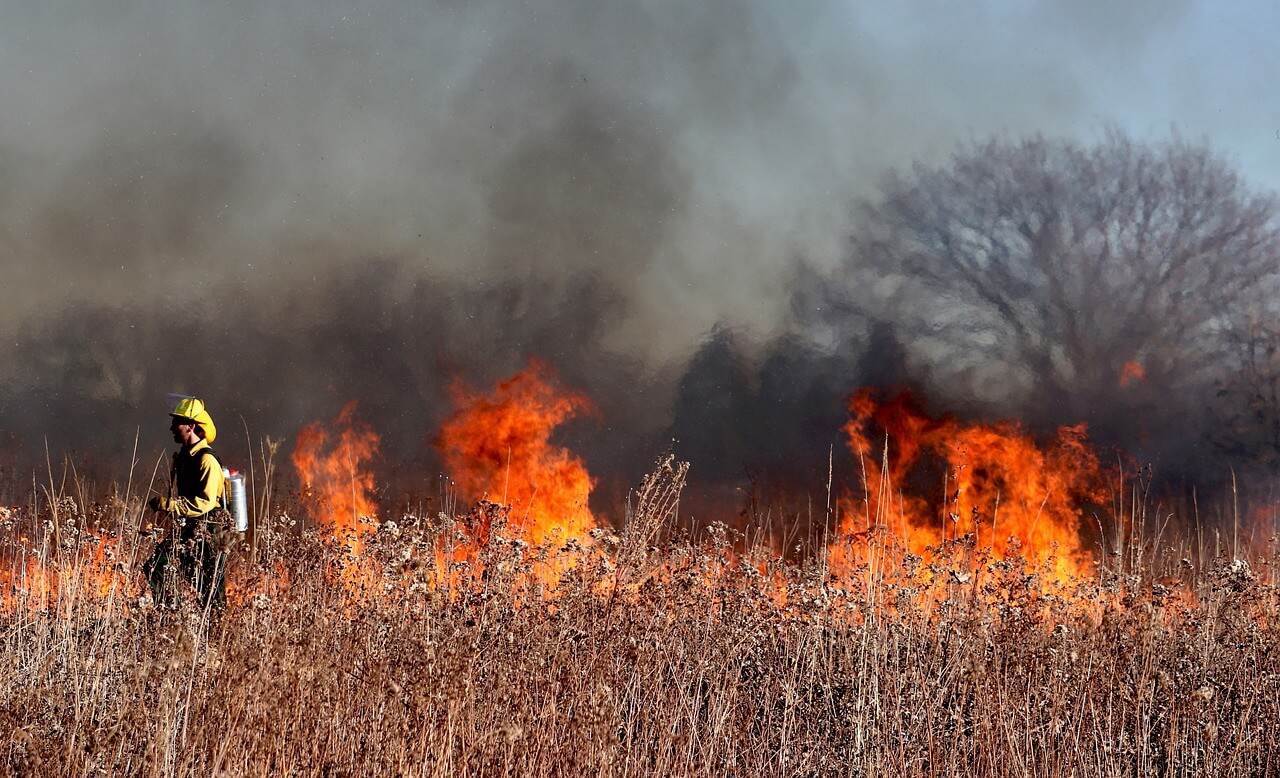
.
Hot spotting
Hot spotting focuses firefighters’ efforts on attacking the most active and intense parts of a fire as they are the most likely to spread. This method is often used to lower the fire’s intensity and slow its growth enough to give firefighters more time to construct a fire line in its path and work out the most effective strategy to contain and extinguish it.
.
Aerial firefighting
Aerial firefighting can support ground crews by delivering large quantities of water and dropping it directly onto the flames, even in areas that are out of reach for firefighters working on the ground. This method is especially useful in fighting vast wildland and forest fires and fires in difficult-to-reach locations.
.
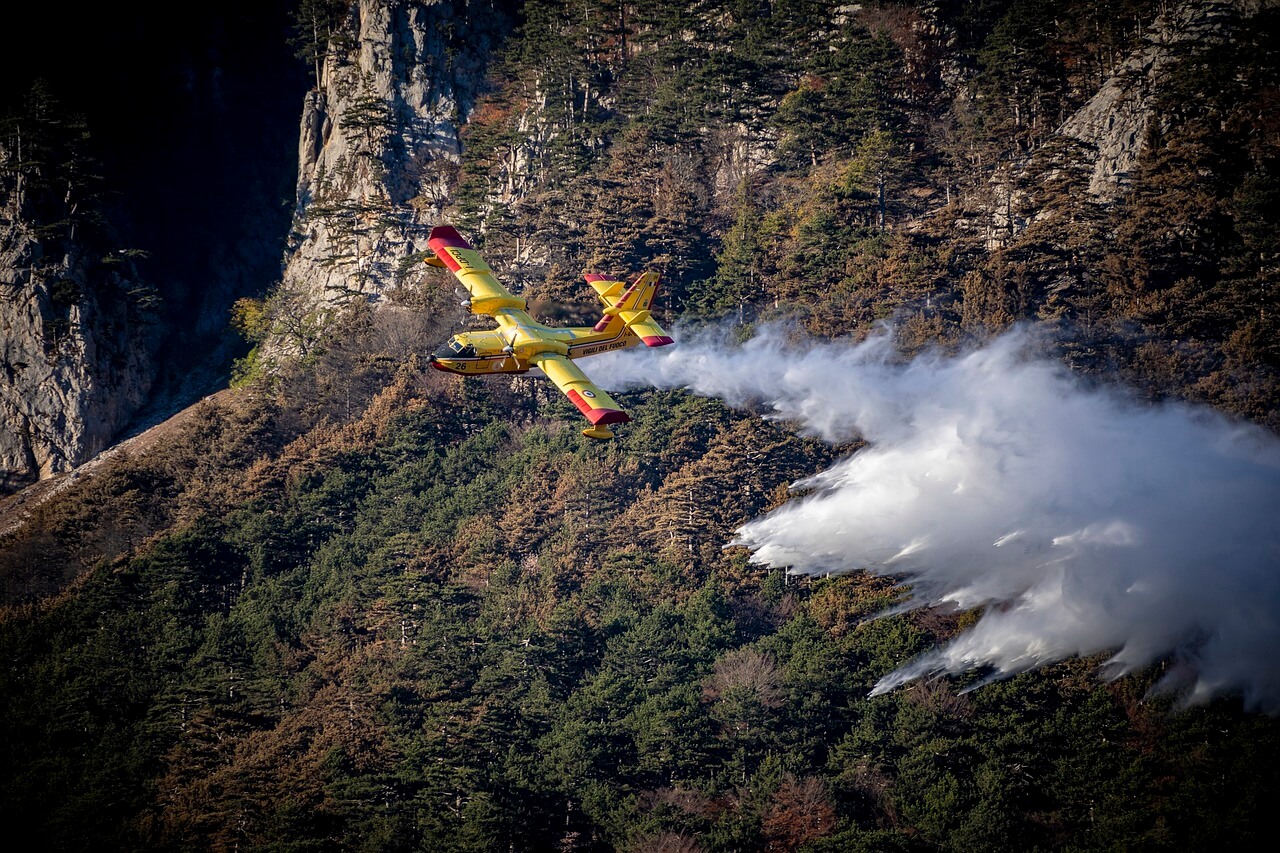
.
Cold trailing
Cold trailing is the process of following after a fire and inspecting the burned area in search of potential reignition risks, such as lingering small fires and smoldering embers. Even without enough fuel for a fire to restart in the same spot, wind can carry sparks and embers around and cause ignition in different locations.
.
Mopping up
A mop-up takes place after a fire is successfully contained. During this process, firefighters carefully examine the fire line and its immediate surroundings and extinguish any remaining fires and burning embers that could cause the fire to spread beyond the fire lines. The mop-up process may also include burning out or removing remaining fuels.
.
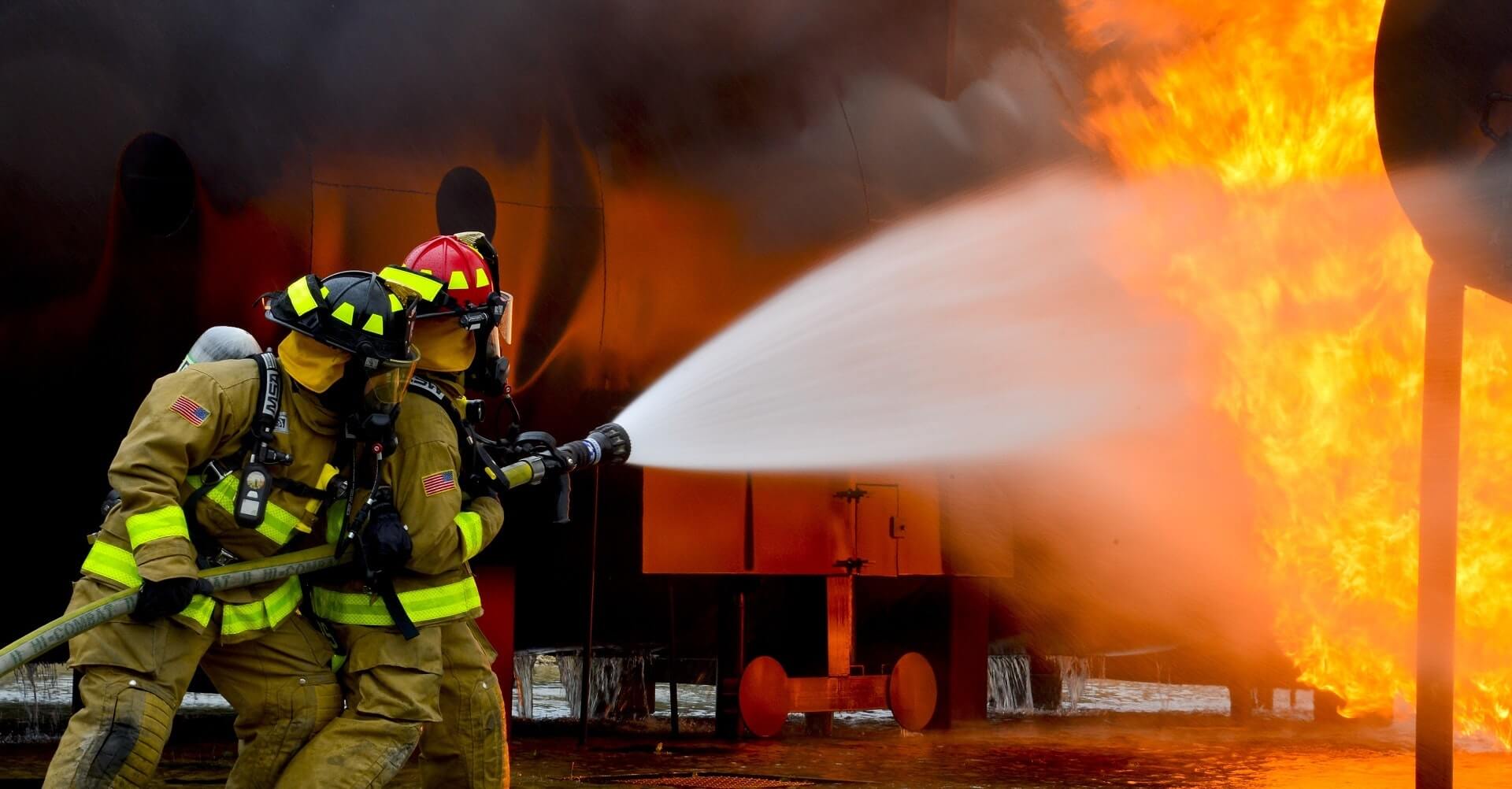
.
What Chemicals Do Firefighters Use to Put Out Wildfires?
Firefighters’ main weapon against wildland fires is water, but when water on its own is not enough, the addition of a fire retardant can boost its effectiveness. Depending on the type of chemicals used, they can slow down or even stop the spread of a fire. For example, firefighting foam is often used to contain fires because it can coat the fuel and prevent it from catching fire.
.
How Can Wildfire Technology Help Wildland Firefighters?
Firefighters play an indispensable role in fighting wildfires, and with the help of new technologies, they can detect and fight fires even faster and more effectively than ever before. Innovative solutions and detection systems can also improve the safety of ground crews by providing reliable and up-to-date information on the location and spread of fires.
.
Harnessing Wildfire Technology: The Role of Artificial Intelligence in Modern Firefighting
.
